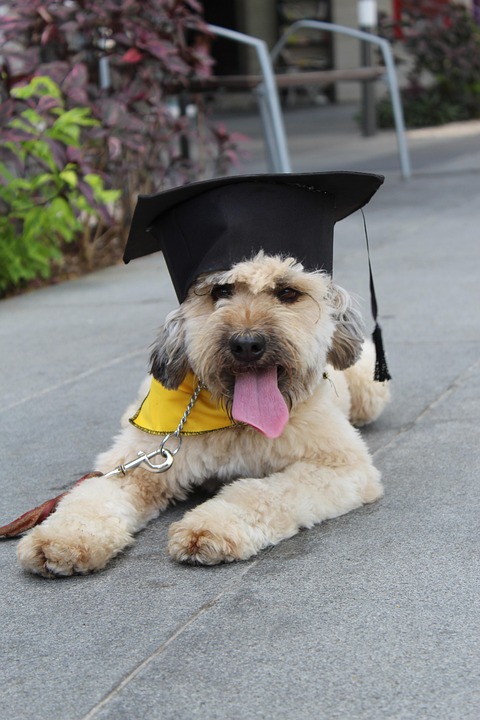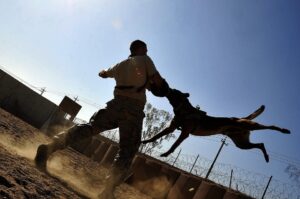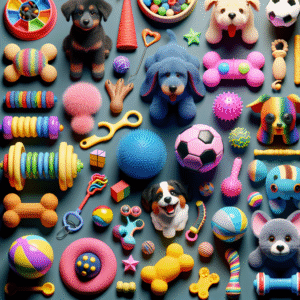
Positive reinforcement is a highly effective and widely endorsed method for training dogs, focusing on rewarding desirable behaviors to encourage their recurrence. Unlike traditional training methods that may rely on punishment or negative reinforcement, positive reinforcement creates a nurturing and supportive environment for dogs to learn, thrive, and develop strong bonds with their owners. Understanding the principles of positive reinforcement can significantly enhance your effectiveness as a dog trainer and improve the relationship with your canine companion.
The Science Behind Positive Reinforcement
At its core, positive reinforcement is rooted in the principles of operant conditioning, a learning process discovered by psychologist B.F. Skinner. This method involves strengthening a behavior by providing a positive outcome or reward immediately after the desired behavior occurs. The reward increases the likelihood that the behavior will be repeated in the future. This approach is not only humane but also aligns with the natural learning processes of dogs.
Benefits of Positive Reinforcement
Positive reinforcement offers numerous benefits for both dogs and their owners, making it a preferred training method among dog behaviorists and trainers.
Builds a Stronger Bond
By using positive reinforcement, you create a positive association with training sessions, enhancing the bond between you and your dog. Your dog will view you as a source of rewards and happiness, which fosters trust and strengthens your relationship.
Encourages Willingness to Learn
Dogs trained with positive reinforcement are more eager to learn and participate in training sessions. The motivation to earn rewards, such as treats, praise, or playtime, keeps them engaged and interested in mastering new commands and tricks.
Reduces Stress and Anxiety
Unlike punitive methods, positive reinforcement minimizes stress and anxiety in dogs. It creates a safe learning environment where dogs can focus on learning without fear of punishment, leading to more effective training outcomes.
Promotes Long-Term Behavior Change
Positive reinforcement encourages lasting behavior change by consistently rewarding desired behaviors. Over time, these behaviors become ingrained, resulting in a well-trained and well-behaved dog.
Key Principles of Positive Reinforcement Training
To effectively implement positive reinforcement in your dog training, it’s crucial to understand and apply its core principles.
Timing is Everything
The timing of the reward is critical in positive reinforcement training. To ensure your dog associates the reward with the desired behavior, deliver the reward immediately after the behavior occurs. Delayed rewards may confuse your dog and weaken the association.
Consistency is Key
Consistency is vital in reinforcing desired behaviors. Use the same cues, rewards, and training techniques consistently to avoid confusion. Ensure all family members and anyone interacting with your dog adhere to the same training rules.
Use High-Value Rewards
Choose rewards that your dog finds highly motivating. These can include treats, toys, verbal praise, or physical affection. The value of the reward should match the difficulty of the task, with more challenging tasks earning higher-value rewards.
Start Simple and Gradually Increase Difficulty
Begin training with simple commands and behaviors, gradually increasing the complexity as your dog masters each step. This progressive approach builds your dog’s confidence and ensures a solid foundation for learning.
Implementing Positive Reinforcement: Step-by-Step Guide
Here is a step-by-step guide to implementing positive reinforcement in your dog training routine.
Identify Desired Behaviors
Start by identifying the behaviors you want to reinforce. These can range from basic commands like “sit” and “stay” to more complex tricks or behavior modifications such as not jumping on guests.
Choose Appropriate Rewards
Select rewards that motivate your dog. Experiment with different treats, toys, and forms of praise to determine what your dog responds to most positively.
Use a Marker Signal
A marker signal, such as a clicker or a specific word like “yes,” signals to your dog that they have performed the desired behavior and a reward is coming. This helps bridge the time gap between the behavior and the reward, providing clear communication.
Practice Regularly
Consistent practice is essential for reinforcing learning. Set aside regular, short training sessions to practice commands and behaviors, gradually increasing the duration and complexity as your dog becomes more proficient.
Generalize the Behavior
Once your dog consistently performs the desired behavior in a controlled environment, practice in different settings with varying distractions. This helps your dog generalize the behavior, ensuring they respond to commands in any situation.
Gradually Reduce Rewards
As your dog becomes proficient in a behavior, gradually reduce the frequency of rewards. Transition to intermittent reinforcement, where rewards are given occasionally, to maintain the behavior without creating reliance on constant rewards.
Addressing Challenges in Positive Reinforcement Training
While positive reinforcement is effective, trainers may encounter challenges during the training process. Understanding how to address these challenges is crucial for success.
Dealing with Distractions
Dogs can become easily distracted, especially in new environments. To address this, start training in a quiet, controlled setting and gradually introduce distractions. Use high-value rewards to regain your dog’s focus.
Handling Non-Compliance
If your dog doesn’t respond to a command, avoid punishment. Instead, reassess your training approach. Ensure the command is clear, the reward is motivating, and the behavior is within your dog’s capability. Patience and consistency are key.
Overcoming Fear or Anxiety
If your dog exhibits fear or anxiety, create a positive association with training by using gentle encouragement and high-value rewards. Gradually expose your dog to the source of fear, rewarding calm behavior to build confidence.
Conclusion: Unlocking Success with Positive Reinforcement
Mastering dog training through positive reinforcement is a rewarding journey that strengthens the bond between you and your dog while fostering a positive learning environment. By understanding the science, principles, and techniques of positive reinforcement, you can unlock success in training, resulting in a well-behaved, confident, and happy canine companion. Embrace the power of positivity, and watch as your dog flourishes under your guidance, eager to learn, and eager to please. With dedication and consistency, positive reinforcement will not only transform your dog’s behavior but also enrich your relationship with a deeper connection built on trust and mutual respect.
#ChatGPT assisted in the creation of this article.






